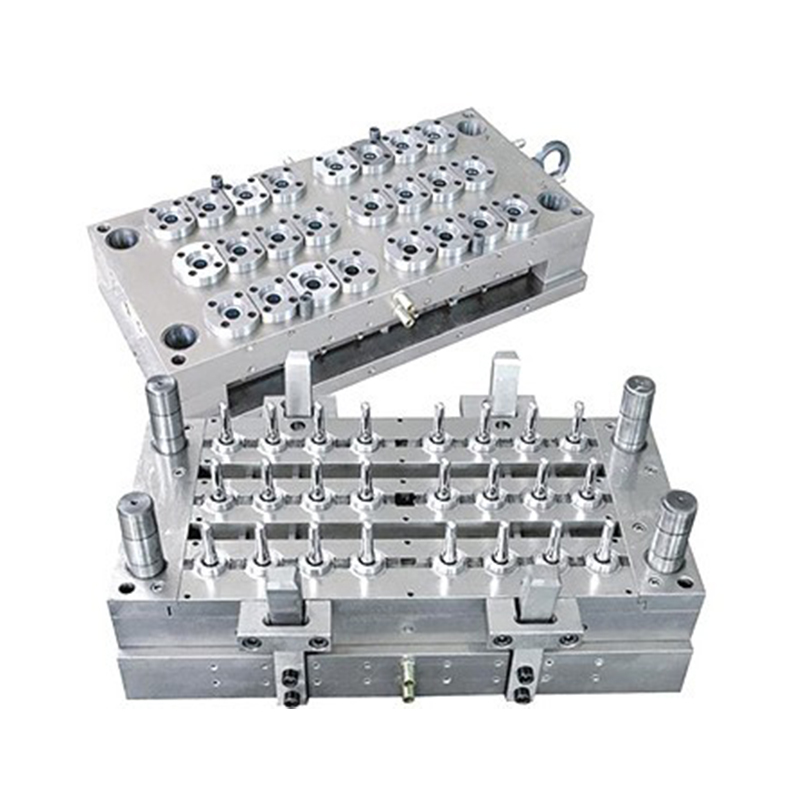Design High Quality Water Blank Mould in China
Water blank moulds represent a specialized technique in the casting industry, offering a unique approach to the production of metal components. This method, while not the more common, has its own set of advantages and considerations that make it suitable for specific applications.
A water blank mould is a type of casting mould that uses water as a means to create a cavity for the molten metal. The process involves the use of a water-cooled die or mould, which is filled with a pattern that is then removed, leaving a cavity that matches the shape of the desired casting. The water-cooled mould allows for rapid solidification of the metal, which can certain benefits in terms of casting quality.
Applications of Water Blank Moulds:
Precision Casting: Water blank moulds are particularly useful in precision casting where close tolerances are required. The rapid cooling provided by the water can help in achieving a fine-grained structure in the casting, which is beneficial for maintaining dimensional accuracy.
Complex Shapes: For components with intricate geometries, water blank moulds can be advantageous. The water-cooled mould can be designed to accommodate complex shapes, allowing for the production of parts that might be challenging with other casting methods.
Rapid Prototyping: In the development phase of a product, water blank moulds can be used for rapid prototyping. The quick turnaround time for creating moulds and castings can speed up the design and testing process.
Benefits of Using Water Blank Moulds:
Improved Surface Finish: The rapid cooling of the metal in a water blank mould can result in a smoother surface finish on the casting, reducing the need for post-casting machining.
Enhanced Material Properties: The controlled cooling rate can better material properties, such as increased strength and hardness, which are particularly important for high-performance applications.
Cost-Effective for Smaller Production Runs: For smaller production runs, the setup and maintenance costs of water blank moulds can be more economical compared to other casting methods that require more extensive infrastructure.
Considerations for Using Water Blank Moulds:
Material Compatibility: Not all metals are suitable for water blank moulding. The choice of metal must be compatible with the rapid cooling process to avoid issues such as cracking or warping.
Mould Design: The design of the water blank mould must be carefully considered to ensure that it can withstand the pressures and temperatures involved in the casting process.
Environmental Impact: The use of water in the moulding process can have environmental implications, such as the need for effective water treatment and management systems to prevent contamination.
Skilled Workforce: The operation of water blank moulds requires a skilled workforce that understands the nuances of the process to ensure consistent quality and safety.
Proper maintenance is crucial for the longevity of water blank moulds. Regular inspection and cleaning are necessary to prevent the build-up of scale and other deposits that can affect the performance of the mould. Additionally, the water cooling system must be maintained to ensure efficient heat transfer and to prevent any leaks that could compromise the casting process.
Water blank moulds offer a specialized solution within the casting industry, providing benefits such as improved surface finish and enhanced material properties. While they may not be suitable for all applications, their use in precision casting and rapid prototyping can be advantageous.



 English
English 中文简体
中文简体








